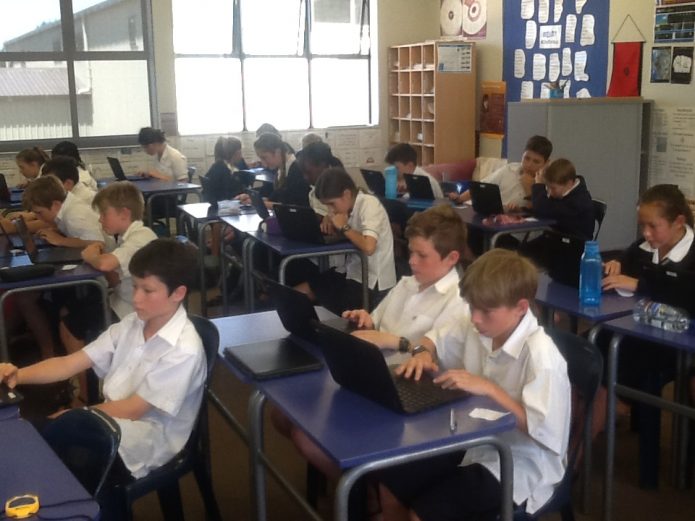Literacy for University Entrance: Views from NZSA Education Committee
Literacy and Statistics
The Education Committee of the New Zealand Statistical Association (NZSA) is very pleased to
see that the New Zealand Qualifications Authority (NZQA) is consulting on the University
Entrance (UE) Literacy List. This statement is offered as input into NZQA’s review (via
UEchanges@nzqa.govt.nz), and is being made available on CensusAtSchool. We are part of a
‘subject association’ (as in the consultation document) with a strong ‘interest in the list’.
NZQA’s consultation document is at
http://www.nzqa.govt.nz/about-us/consultations-and-reviews/consultation-review-of-the-universit
y-entrance-literacy-list/.
We see it as extremely important that achievement standards from areas like and including
Statistics remain in and are added to the list. Statistics at present has two standards in the list,
with no proposed removals or additions. They are: 91266, 2.11, int (Reading only); and 91584,
3.12, ext (Reading and Writing both);. Other Statistics internal standards require a written report
and evaluation of evidence, usually in writing. We would like to see some more of the L2 and L3
Statistics standards count towards UE literacy.
Tension between text and other methods of communication
We see a tension between the need for written work and the need to allow students
opportunities to present their best evidence against a standard in a variety of ways.
We think it is completely fair that NZQA requires UE literacy writing evidence to come from work
that is written. It makes sense, at present, to exclude standards where this cannot be
guaranteed. However, If a large number of standards were required to be assessed entirely in writing, the
results could include student overwork and boredom, teacher overwork, and student flight.
We would like to see more flexibility in how students gain literacy, and a change to the difficulty
that many schools and students face at present. We see the need for a dialogue to find
solutions to this tension.
One such solution would be to require the submitted work to include a written abstract or
summary, for nominated standards. This is an important part of science communication across
many subjects, and would fit well with other methods of presentation.
Another solution would be to make some standards restricted to written reports, so they could
count towards UE literacy, and to keep others with open assessment.
We are aware of a strong teacher view that, under the present system, many students have
difficulty meeting the UE literacy requirements. As Statistics is the second largest subject at
NCEA Level 3, increased opportunities for UE literacy within our communication-focused subject
would be beneficial for many students.
Ongoing dialogue
In the light of:
● student difficulties in meeting UE literacy requirements,
● the large amount of UE literacy-relevant work often done at present for the statistics
standards, especially the internals,
● and the large number of students who attempt NCEA Level 3 Statistics Achievement Standards,
we would like to see a solution where more statistical standards count for UE literacy.
We are happy to expand on our ideas and possible solutions with NZQA, if and when that is
useful. ‘
To contact the Education Committee, please email the Committee’s Convenor:
alasdair.noble@agresearch.co.nz.











